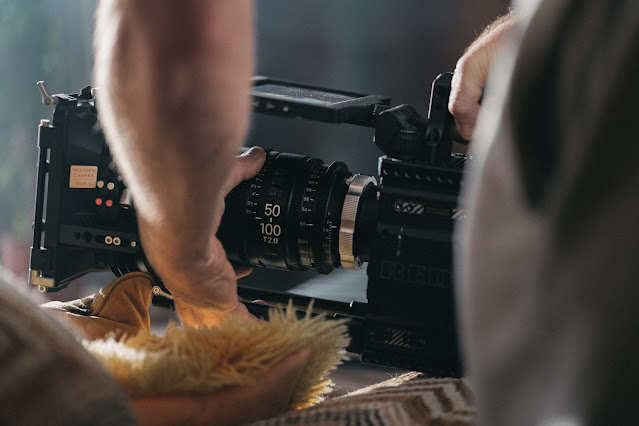In the age of digital film making, the role of the cinematographer has undergone a transformation. With advancements in technology and the shift from film to digital formats, the digital cinematographer plays a crucial role in capturing stunning visuals and bringing stories to life. In this blog, we delve into the multifaceted role of the digital cinematographer and the skills they bring to the table.
1. Embracing Technological Advancements:
The digital cinematographer is well-versed in the latest camera technologies, digital workflows, and editing software. They understand the nuances of digital cameras, sensor capabilities, and image formats, allowing them to harness the full potential of these tools to create visually compelling content.
2. Visual Storytelling Mastery:
At the core of the digital cinematographer's role is their ability to visually tell stories. They collaborate closely with directors, production designers, and other members of the creative team to understand the vision and mood of the project. Through the careful selection of camera angles, compositions, lighting setups, and color palettes, they enhance the narrative and evoke the desired emotions in the audience.
3. Lighting Expertise:
The digital cinematographer has a deep understanding of lighting techniques and how to use light to create mood, shape the scene, and draw the viewer's attention. They are skilled in balancing natural and artificial lighting sources, manipulating light intensity and direction, and creating dynamic lighting setups to enhance the visual aesthetics and support the story.
4. Cinematic Composition:
Digital cinematographers possess a keen eye for composition. They meticulously frame shots, considering elements such as framing, aspect ratio, depth of field, and the rule of thirds to create visually captivating images. They utilize composition to guide the viewer's attention, emphasize important elements, and establish the overall visual language of the film.
5. Collaboration and Communication:
The digital cinematographer works closely with the director and the camera crew to execute the creative vision. They effectively communicate their ideas and collaborate with the gaffer, grip, and other crew members to ensure the technical aspects of the shoot are executed flawlessly. They maintain a harmonious working environment, fostering open dialogue and problem-solving to overcome any challenges that may arise on set.
6. Post-Production Understanding:
The role of the digital cinematographer extends beyond the shoot. They work closely with the post-production team to ensure the captured footage is optimized during the editing and color grading process. Their understanding of digital workflows, color correction, and visual effects allows them to maintain the intended look and feel of the project.
Conclusion:
In the digital era, the role of the cinematographer has expanded to encompass technical expertise, artistic vision, and collaborative skills. The digital cinematographer is a master of capturing stunning visuals, utilizing technology to their advantage, and working closely with the creative team to bring stories to life on screen. With their ability to merge technical prowess and artistic sensibilities, the digital cinematographer plays a pivotal role in shaping the visual landscape of contemporary filmmaking.

